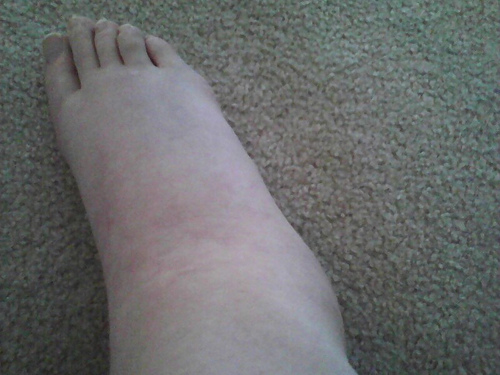 Tick-bite prevention strategies
Tick-bite prevention strategies
Sources: Dr. Kevin Griffith, Centers for Disease Control and Prevention; Dr. Thomas Kerkering, infectious disease section chief, Carilion Clinic; Eric Day, Virginia Tech entomologist
How Lyme disease is diagnosed
The official word on how to diagnose Lyme disease from the Centers for Disease Control and Prevention:
- Doctor-diagnosed bull’s-eye rash greater than 5 centimeters; this usually increases in size three to 30 days after infection. (Not all patients will develop the rash or recall a tick bite.) Some patients develop additional lesions elsewhere on the body.
- Fatigue, chills, fever, headache, muscle and joint aches and swollen lymph nodes. (In some cases, these may be the only symptoms of infection.)
- All criteria, with exception of rash, must be supported by a positive lab finding to be counted under CDC surveillance guidelines.
- A two-tiered blood test can be helpful in diagnosing the disease, but only after two to four weeks, after the antibodies develop. Early Lyme disease is diagnosed based on symptoms and the possibility of exposure to infected ticks.
Lyme symptoms
Untreated, the infection may spread to other parts of the body within a few days to weeks, producing an array of symptoms including:
- Loss of muscle tone on one or both sides of the face (called Bell’s palsy);
- Severe headaches and neck stiffness due to meningitis;
- Shooting pains that may interfere with sleep;
- Heart palpitations and dizziness due to changes in heartbeat;
- Pain that moves from joint to joint.
The CDC does not acknowledge the existence of chronic Lyme disease, which advocates use to refer to what they believe to be a disabling post-Lyme illness that can cause arthritis, neurological and/or heart problems. But the CDC does concede the following:
After several months, about 60 percent of patients with untreated infection will begin to have intermittent bouts of arthritis, with severe joint pain and swelling; large joints are most often affected, especially knees.
In addition, up to 5 percent of untreated patients may develop chronic neurological complaints months to years after infection, including shooting pains, numbness or tingling in hands or feet, and memory problems.
“Most cases of Lyme disease can be cured with antibiotics, especially if treatment is begun early in the course of illness. however, a small percentage of patients with Lyme disease have symptoms that last months to years after treatment with antibiotics.
“These symptoms can include muscle and joint pains, arthritis, cognitive defects, sleep disturbance or fatigue. the cause of these symptoms is not known. There is some evidence that they result from an autoimmune response, in which a person’s immune system continues to respond even after the infection has been cleared.”SOURCE: Centers for Disease Control and Prevention
Sphere: Related Content